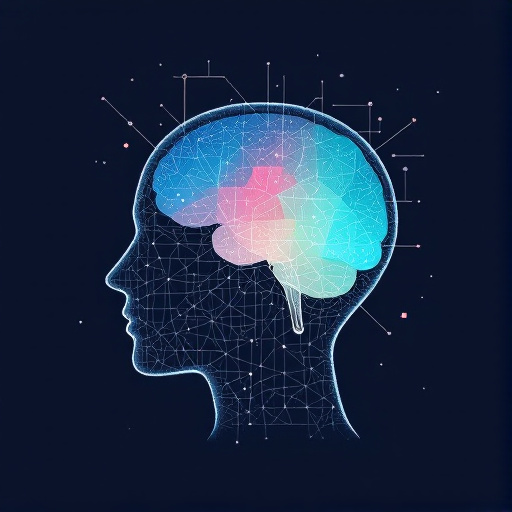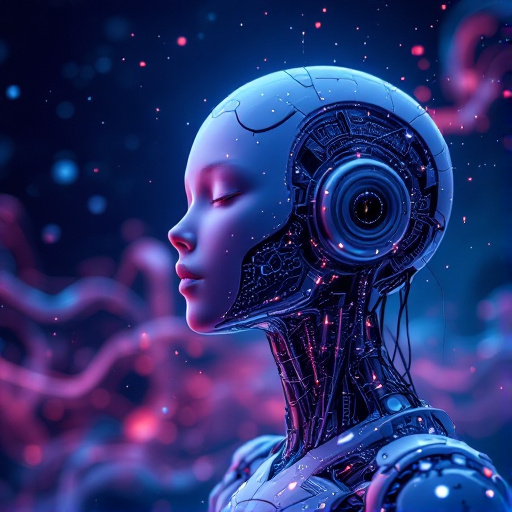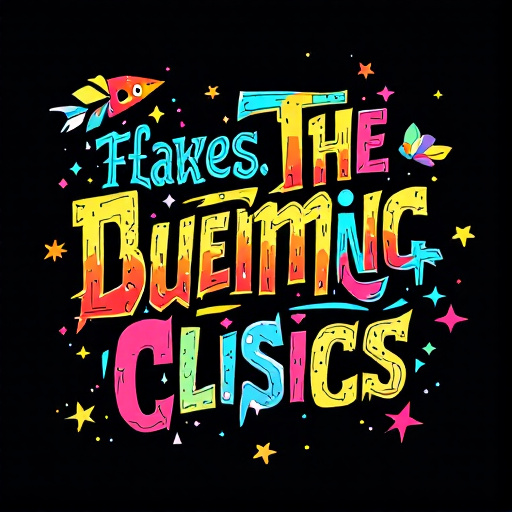Featured Articles
- 9 Essential Psychological Triggers Every Web Designer Must Harness for Maximum User Engagement
- "Beyond Aesthetics: How Neurodesign is Shaping the Future of Web Usability"
- Beyond Aesthetics: The Surprising Role of Color Psychology in Web Design Fundamentals
- Design Disruption: How AI-Driven Aesthetics Are Shaping the Future of Web Design Basics
- Designing for the Unseen: How Invisible Elements Transform User Experience in Web Design Basics
The Aesthetic Dilemma: Balancing Minimalism with Maximalism in Modern Web Design
The Aesthetic Dilemma: Balancing Minimalism with Maximalism in Modern Web Design
The intersection of minimalism and maximalism in modern web design presents a unique aesthetic dilemma that continues to intrigue designers and users alike. In this article, we’ll explore the compelling arguments for both styles, offer case studies and insights, and determine how to balance these opposing philosophies effectively.
Defining Minimalism and Maximalism
To grasp the aesthetic dilemma, let’s first define our key terms. Minimalism advocates for simplicity, prioritizing a clean and uncluttered interface. Think of brands like Apple, where whitespace reigns and every design element serves a distinct purpose. According to a 2021 survey by Adobe, 38% of users directly associate a clean design with credibility.
On the other hand, maximalism bursts with exuberance and complexity. This approach celebrates excess—vivid colors, intricate patterns, and bold typography. Sites like Red Bull or Burberry embrace maximalist principles, often engaging users through layered visuals and dynamic content experiences, making them feel stimulated and alive. A Google study indicates that websites featuring more visuals and links can lead to a 25% increase in engagement.
The Rise of Minimalism
As we flocked to digital realms dominated by sound bites and instant information, minimalism became a natural response. We see its influence growing in the tech industry, especially among startups aiming to communicate their unique value propositions swiftly. The success of platforms like Medium and Dropbox illustrates how minimalism can convey clarity and purpose.
Yet, even minimalism has its pitfalls. Striking a balance is crucial, as too much white space can make a site feel cold and uninviting. An understated design may lack the charisma needed to capture a diverse audience, particularly Gen Z, who favor vibrant aesthetics and authentic storytelling.
Maximalism in Action: Case Studies
Consider the website of HBO. A maximalist paradise, it combines dark tones with swirling graphics and bold imagery to create an immersive experience. The challenge of this approach lies in ensuring that while the site celebrates its content, it does not overwhelm the visitor’s senses. Harrys.com, the men’s grooming internet phenomenon, exemplifies the potential of playful maximalism. A mix of bright colors and captivating typography creates a sense of excitement while still being user-friendly.
Navigating User Experience
It’s not merely about aesthetics; user experience (UX) must be central to your design philosophy. According to a study by Forrester Research, every dollar invested in UX returns $100 in revenue. Now, that’s a metric worth noting! Striking a balance between minimalist UX focus and maximalist creativity may lead to higher retention rates and user satisfaction.
As you juggle these contrasting aesthetics, remember that achieving a sweet spot between styles doesn’t mean choosing one over the other. It’s entirely possible to accomplish a harmonious blend. A successful example is Airbnb, which fuses minimalistic usability with maximalist inspiration, showcasing ample photography but maintaining easy navigation.
The Aesthetic Choice: Bridging Generational Gaps
Generational preferences also play a pivotal role in this conversation. A 2023 survey revealed that 54% of Millennials tend to prefer sites that echo minimalist values, while 60% of Gen Z feel invigorated by maximalist designs. What does this mean for web designers? You need to target your audience effectively without alienating generational segments.
In a digital landscape that caters to a spectrum of tastes, understanding the intricate dance between these aesthetics can elevate your design game. Create user personas and conduct A/B testing to see how your target audience responds to both styles.
Embracing the Chaos: A Personal Journey
Now, let me take you through my journey as a young designer. At 22, I was pulled in two directions: the sleek, contemporary lines of minimalist design and the vibrant, chaotic world of maximalism. I spent months creating websites that looked visually stunning but were often difficult to navigate. It wasn’t until I decided to blend the two styles that I found my niche. My philosophy shifted from “less is more” to “less is often essential,” allowing me to craft websites that thrived in user engagement.
Kolab: A Case Study
A perfect illustration of balancing these aesthetics comes from Kolab, an emerging creative agency focused on digital marketing. Their website employs a simple layout that draws the eye to colorful illustrations providing depth while ensuring usability. The design reflects an understanding of diverse aesthetics without compromising functionality, proving that harmony is achievable with a thoughtful approach to design.
Balancing Act: Visual Hierarchy and Design Elements
Visual hierarchy is crucial when weaving minimalism and maximalism. Use contrast strategically to highlight important features. Incorporating bold CTAs in harmonious colors can draw user attention without feeling overwhelming. Utilize white space effectively to prevent clutter while allowing maximalist elements to shine. This technique improves readability and enhances the user's journey.
SEO and Performance Consideration
In the quest for aesthetics, don’t neglect performance. Optimal loading times are critical; a study by Google found that 53% of mobile users abandon sites that take longer than three seconds to load. Striking a balance between imagery and functionality will not only please your user’s tastes but also cater to their demand for speed.
Your Design Playbook: Tips and Tricks
As you embark on your journey through this aesthetic dilemma, here are some tips to get you started:
- Color Choices: Limit your palette to three primary colors to maintain minimalism, but play with accents and unique patterns to bring out maximalism.
- Typography: Use a clean sans-serif font for headers to embrace minimalism, but incorporate creative fonts in specific areas (like call-to-actions) to enhance engagement.
- Imagery: Leverage high-quality images and catchy graphics that tell your brand story without overwhelming the user.
- Whitespace: Use whitespace as your best friend. Pair minimalistic backgrounds with more vibrant foreground elements to create contrast and attention.
Conclusion: Finding Your Unique Voice
The aesthetic dilemma between minimalism and maximalism in modern web design is not just a design challenge; it’s an opportunity to connect with your audience on a deeper level. By intelligently balancing these styles, you can create an engaging and visually appealing site that resonates with a diverse range of users. Remember, ultimately, it’s about finding your unique voice amid the simplicity of minimalism and the vibrancy of maximalism.
Whether you're a designer, marketer, or entrepreneur, understanding these aesthetics will empower you to forge connections and, most importantly, create experiences that are meaningful and impactful. Embrace this aesthetic dilemma—it might just be your secret weapon in the ever-evolving digital landscape.




